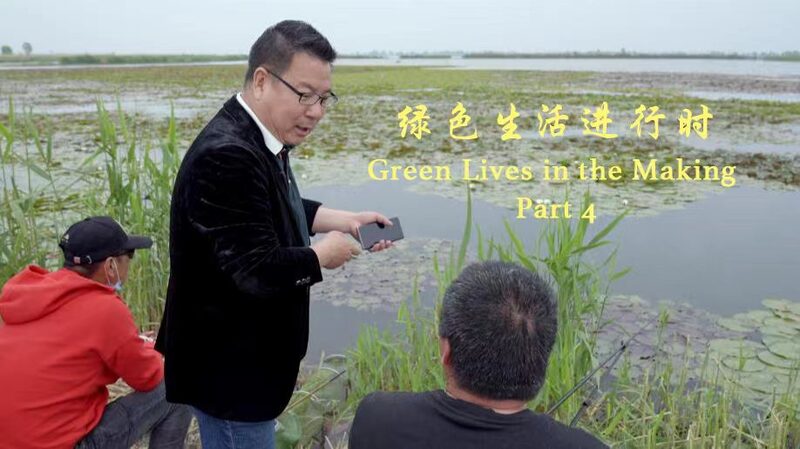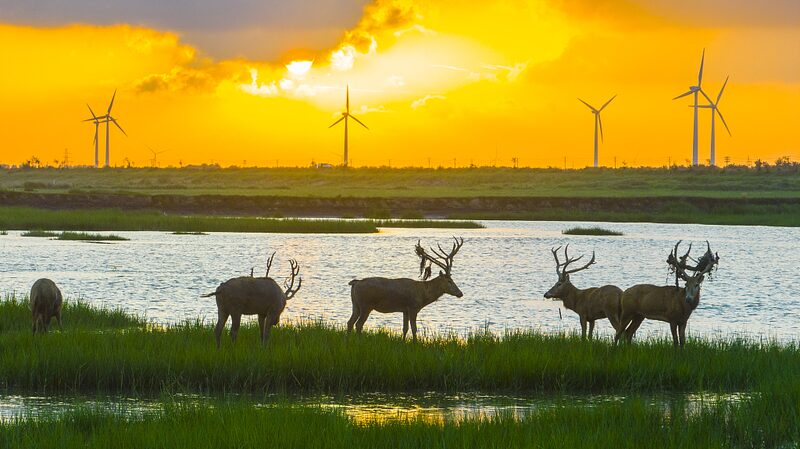Nestled in Hebei Province’s Xiongan New Area, Lake Baiyangdian—once on the brink of ecological collapse—is making a dramatic comeback. 🌱 Known as north China’s largest freshwater lake, it faced decades of pollution and drought that left it parched and struggling. But today, locals say its waters are clearer than they’ve been in generations.
‘I hadn’t seen lotus flowers here since I was a child,’ shared 68-year-old resident Li Wei. ‘Now, the lake looks like it did in my grandparents’ stories.’ This revival is tied to Xiongan’s development, which prioritized ecological restoration. Over 200 square kilometers of wetlands have been replenished, and stricter pollution controls are boosting biodiversity. 🐟🦢
Experts credit cross-sector efforts: from rerouting water from the Yellow River to banning illegal fishing and industrial waste. The result? Over 40 species of migratory birds have returned, and eco-tourism is flourishing. For adventurers, it’s a new must-see—think boat rides through芦苇荡 (reed marshes) and sunset views over shimmering waters.
‘This isn’t just about nature,’ says environmental scientist Dr. Zhang Yue. ‘It’s proof that development and sustainability can coexist.’ With Xiongan poised to become a tech and innovation hub, Lake Baiyangdian’s revival offers hope—and a blueprint—for balancing growth with green ideals. 🌏✨
Reference(s):
Restoration efforts revitalize the natural beauty of Lake Baiyangdian
cgtn.com






